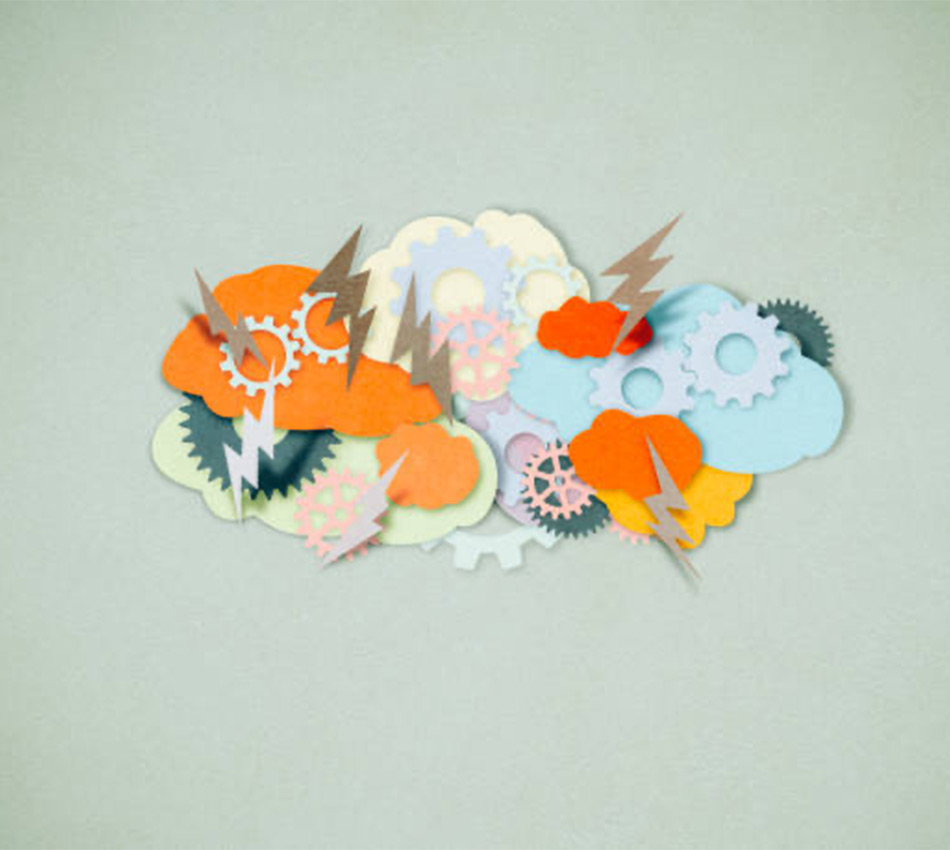
Break free from negative thought patterns with CBT.
What is Cognitive Behavioural Therapy?
Cognitive behavioural therapy (CBT) helps you recognise and change unhelpful thought patterns that affect how you feel and behave. It’s based on the idea that our thoughts, emotions, and actions are connected—by shifting the way we think, we can create healthier responses to life’s challenges.
CBT is a structured, practical approach that equips you with tools to manage stress, anxiety, and negative thinking. It focuses on the present, helping you develop healthier perspectives and coping strategies that you can apply in everyday life. Research shows that CBT is highly effective, often leading to meaningful improvements in a relatively short time.
Benefits of CBT
Practical coping strategies
CBT equips you with tools to navigate life’s challenges, manage stress, and build resilience in difficult situations.
Effective emotion management
Learn to regulate emotions like anger, anxiety, and sadness, helping you respond to situations in a balanced way.
Conflict resolution skills
Improve communication and problem-solving to manage conflicts in relationships, work, and daily interactions.
Support through grief and trauma
Develop healthy ways to process loss, loneliness, and past traumatic experiences without feeling overwhelmed.
Improved mental health management
Gain skills to better manage symptoms of anxiety, depression, and other mental health conditions.
Coping with medical challenges
Learn psychological strategies to handle the emotional impact of chronic illness or medical conditions.
Relapse prevention
Strengthen long-term strategies to prevent the recurrence of negative thought patterns or mental health setbacks.
CBT at Incontact
Identifying thought patterns
CBT helps you recognise how your thoughts shape your emotions and behaviours. You’ll work with your therapist to uncover unhelpful thinking patterns that contribute to distress.
Challenging cognitive distortions
Distorted thoughts—like catastrophising or jumping to conclusions—are questioned and reframed. This shift in perspective reduces emotional distress and leads to healthier responses.
Building cognitive flexibility
By developing a more open and balanced way of thinking, you gain the ability to adapt and respond to challenges more effectively.
Learning practical techniques
Your therapist will introduce structured exercises, like thought records and behavioural experiments, to help you apply CBT skills in daily life.
Taking an active role
CBT requires commitment. The therapist acts as a guide, but real progress happens when you actively practice new ways of thinking and behaving.
Forming new habits
As you consistently apply CBT techniques, healthier thought and behaviour patterns replace old, unhelpful ones, leading to long-term change.
Preventing relapse
Once therapy ends, follow-ups and self-check-ins help maintain progress and prevent slipping back into negative thinking patterns.
FAQ
CBT is generally a short-term therapy. Many people notice improvements within 5–20 sessions, but the duration varies based on individual needs and the issues being addressed.
Sessions typically involve identifying problematic thought patterns, learning new coping strategies, and practicing techniques to change unhelpful behaviours. Agendas are set to reinforce learning.
No, CBT is not about forced positivity. It helps you challenge distorted thoughts and develop a balanced, realistic perspective—rather than simply replacing negative thoughts with positive ones.
Yes, CBT is often used alongside medication, mindfulness practices, or other therapies, depending on the individual’s condition and treatment plan.
CBT is structured, present-focused, and goal-oriented, but it also gathers past information to understand its relevance to current thoughts, emotions, and behaviours. While traditional talk therapy may explore the past in depth, CBT emphasises practical strategies to create lasting change by identifying and reframing unhelpful thought patterns.
Yes, CBT can be effective for conditions like schizophrenia, psychosis, and bipolar disorder, often as part of a broader treatment plan that may include medication and other therapies.
CBT focuses on coaching clients for behavioural modification by helping them identify and change unhelpful thought patterns and habits. It teaches long-term coping skills, self-monitoring techniques, and problem-solving strategies to reinforce positive behaviours and maintain progress, reducing the risk of relapse.
While self-help CBT resources exist, working with a trained therapist provides structure, personalised guidance, and support to achieve the best results.
Yes, CBT can help children with ADHD or learning difficulties improve emotional regulation, impulse control, and problem-solving skills. Parental involvement is key to success.
The first session involves discussing your concerns, setting therapy goals, and learning about how CBT works. Your therapist will guide you through the process and tailor the approach to your needs.











